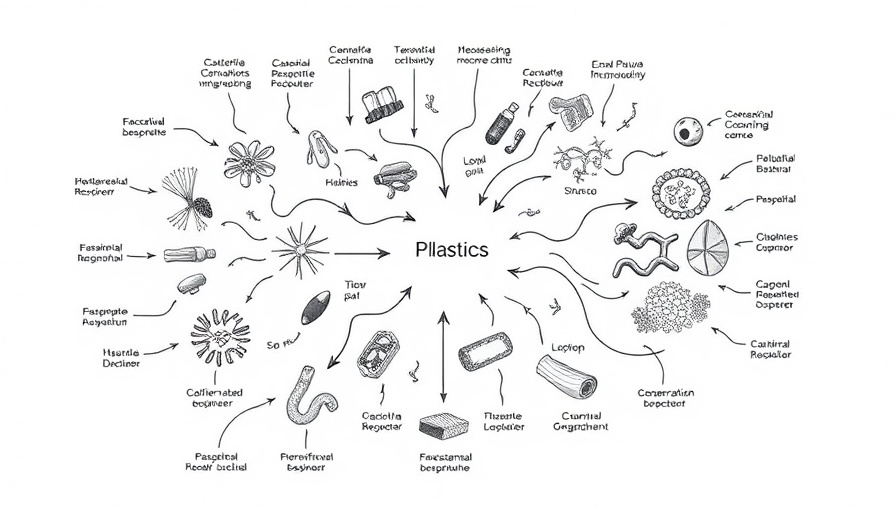
A Novel Approach to Tracking Kinase Activities
In the world of cellular biology, understanding the intricacies of protein interactions can unravel the complexities of many diseases. Recent advancements from the Max Planck Institute for Medical Research in Heidelberg have introduced a groundbreaking tool that enhances our ability to monitor protein kinase activities in living cells. This novel molecular recorder, dubbed Kinprola, promises not only to deepen our understanding of cellular processes but also offers specific insights into how kinase activities correlate with cellular traits.
What is Kinprola?
Kinprola operates on a fascinating principle involving a self-labeling protein known as HaloTag. When specific protein kinases are active, they trigger a reaction that allows these proteins to tag themselves with a fluorescent marker. This means scientists can visually track when and how active these kinases are, providing a powerful method to observe cellular dynamics over time.
Benefits of Monitoring Kinase Activity
The ability to observe protein kinase activities is crucial because these enzymes play vital roles in regulating cellular functions. Abnormal activity of these kinases is often linked to various diseases, including cancer. By monitoring kinase activities, researchers can uncover how cancer cells differ from normal cells, paving the way for specialized treatments that target these differences.
Surpassing Optical Imaging Limitations
Traditional imaging methods have their boundaries, often unable to capture real-time kinase activities in diverse cellular environments. Kinprola breaks through these limitations. De-en Sun, leading the project at Max Planck Institute, explains, "We wanted to find a way to record kinase activities in a scalable and high-resolution manner." This capability is essential, as it means that researchers can process numerous cells simultaneously without losing the detail required to understand complex interactions.
How Kinprola Can Change the Landscape of Biomedical Research
One of the most exciting aspects of Kinprola is its scalability and high-resolution tracking of kinase activities in vivo. Given that protein kinases are involved in nearly all cellular processes, the implications of being able to record their activity over time can unlock significant advances in the field of biotech. For instance, tracking how kinase activities change in response to therapies can enable personalized medicine approaches, tailoring treatments to individual patients based on their cellular responses.
Future Directions for Kinase Research
As Kinprola becomes established in research laboratories, its potential uses will expand. Beyond just observing protein kinases A, the investigators plan to extend their work to other kinases, making them instrumental in diagnosing and developing therapeutic strategies for conditions driven by kinase malfunction.
In conclusion, the innovative molecular recorder Kinprola represents a significant leap forward in biological research. It opens new avenues for understanding diseases at a molecular level, enabling researchers to correlate kinase activities to cellular functions in real-time, and ultimately, to work toward a future where treatments can be tailored to the individual nuances of patients' cellular biology.
 Add Row
Add Row  Add
Add 




 Add Row
Add Row  Add
Add 

Write A Comment